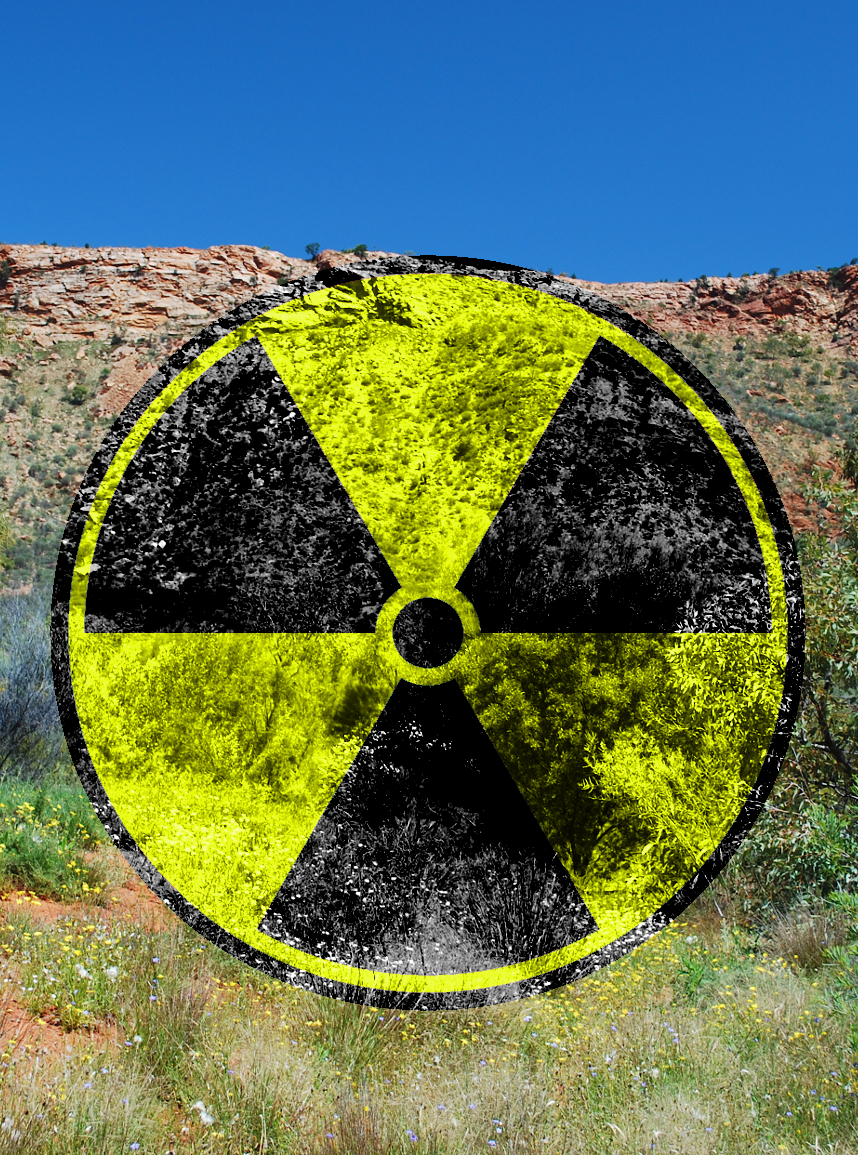Forbidden pill still missing
 Authorities are scrambling to find a potentially deadly radioactive capsule lost in the WA desert.
Authorities are scrambling to find a potentially deadly radioactive capsule lost in the WA desert.
Health authorities have issued an urgent warning after an 8-millimetre capsule - which has the potential to cause severe burns - was lost somewhere between a mine site in Newman, in WA's north, and Perth.
The caesium-137 capsule is part of a common radiation gauge used in the mining industry.
The gauge was packaged and transported from the Rio Tinto mine site on January 11 and arrived in a depot in the Perth suburb of Malaga on January 16.
However, on January 25, authorities were notified that the radioactive capsule was missing, after it was unpacked for inspection.
Dr Ivan Kempson - an Associate Professor in Biophysics at the Future Industries Institute, University of South Australia - has reflected on the issues.
"The primary concern is the potential impact on health of a person or people who could be close to the capsule,” he says.
“We are all exposed to a constant level of radiation from natural materials around us and the foods we eat. However, if someone is too close to a concentrated source of radiation, like this capsule, for too long then it will cause problems from radiation toxicity.
“The worst-case scenario is that someone picks up the capsule, finds it curious and keeps it in a pocket, which has happened overseas before.”
He says he hopes that media attention will avert this from happening, and that if the capsule is lost in an isolated area it will be very unlikely to have much impact.
CS-137 has a half-life of about 30 years, meaning the capsule will be somewhat radioactive for the next three hundred years.
The radioactivity should be contained within a suitable capsule and not be a major hazard while the container is not breached. However, such an incident could happen if a truck were to run over the capsule, for example.
Finding the lost capsule will not be easy; given the large distance involved (1400 kms).
Radiation detectors on moving vehicles can be used to detect radiation above the natural levels but the relatively low amount of radiation in the source means that they would have to “sweep” the area relatively slowly.







 Print
Print